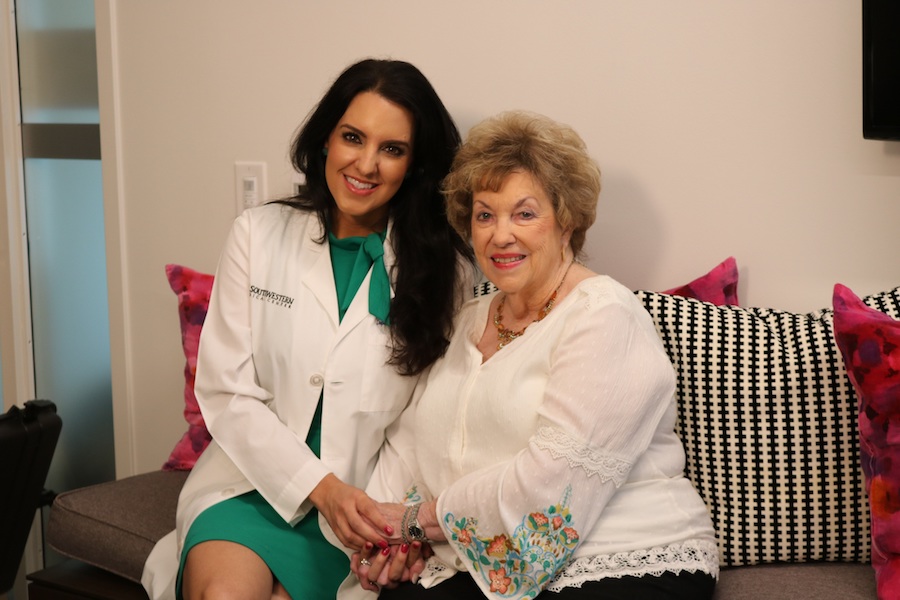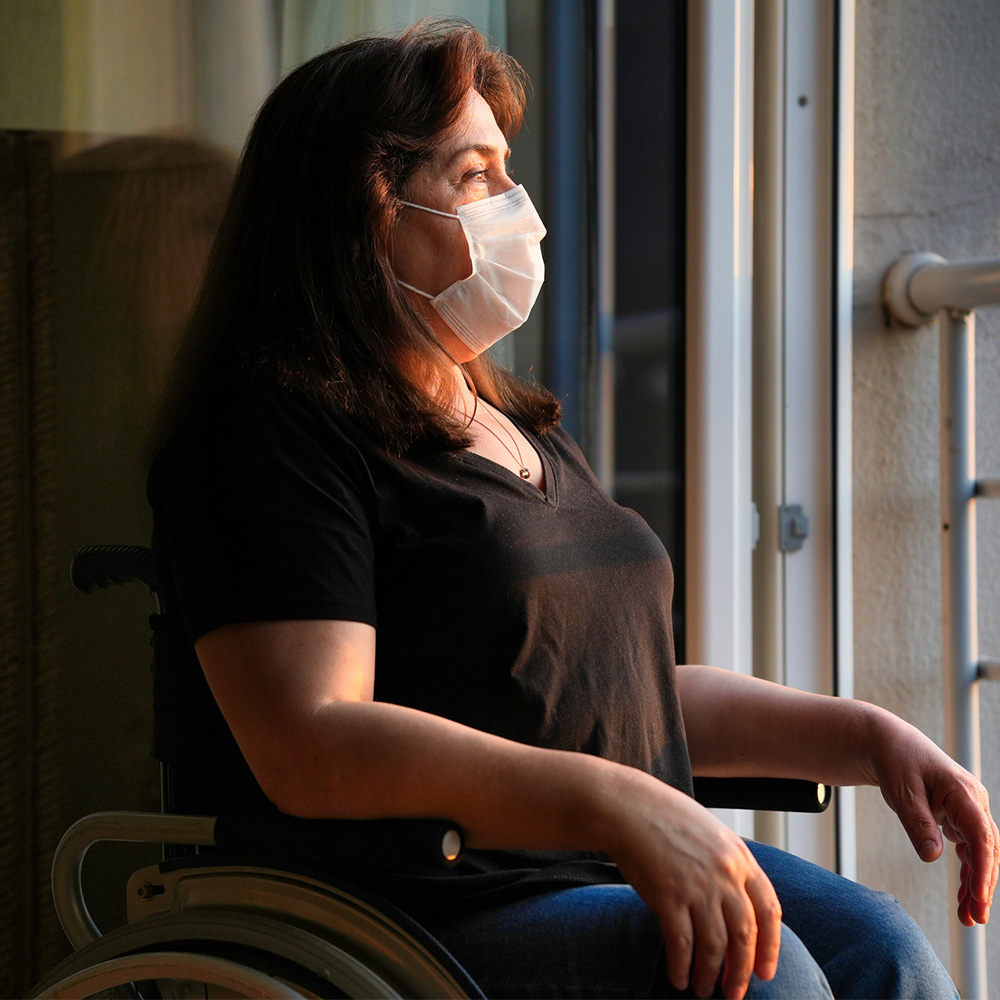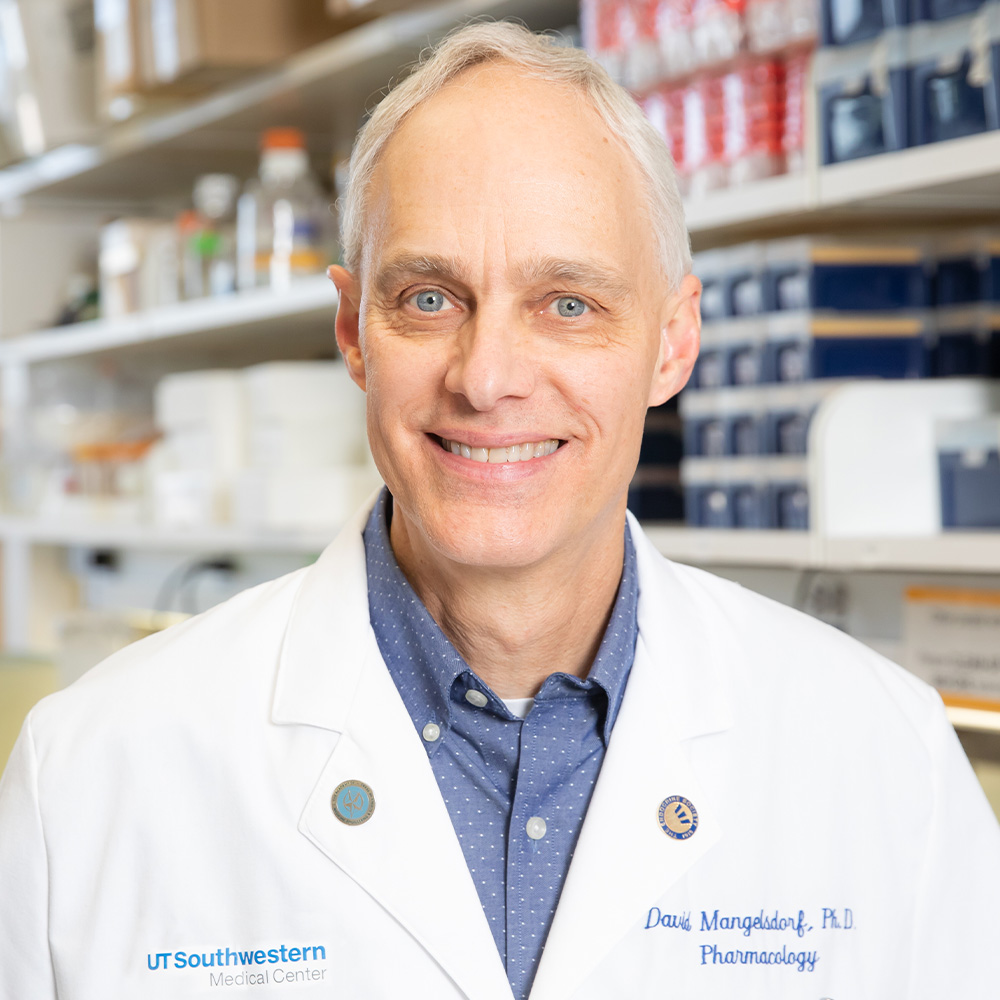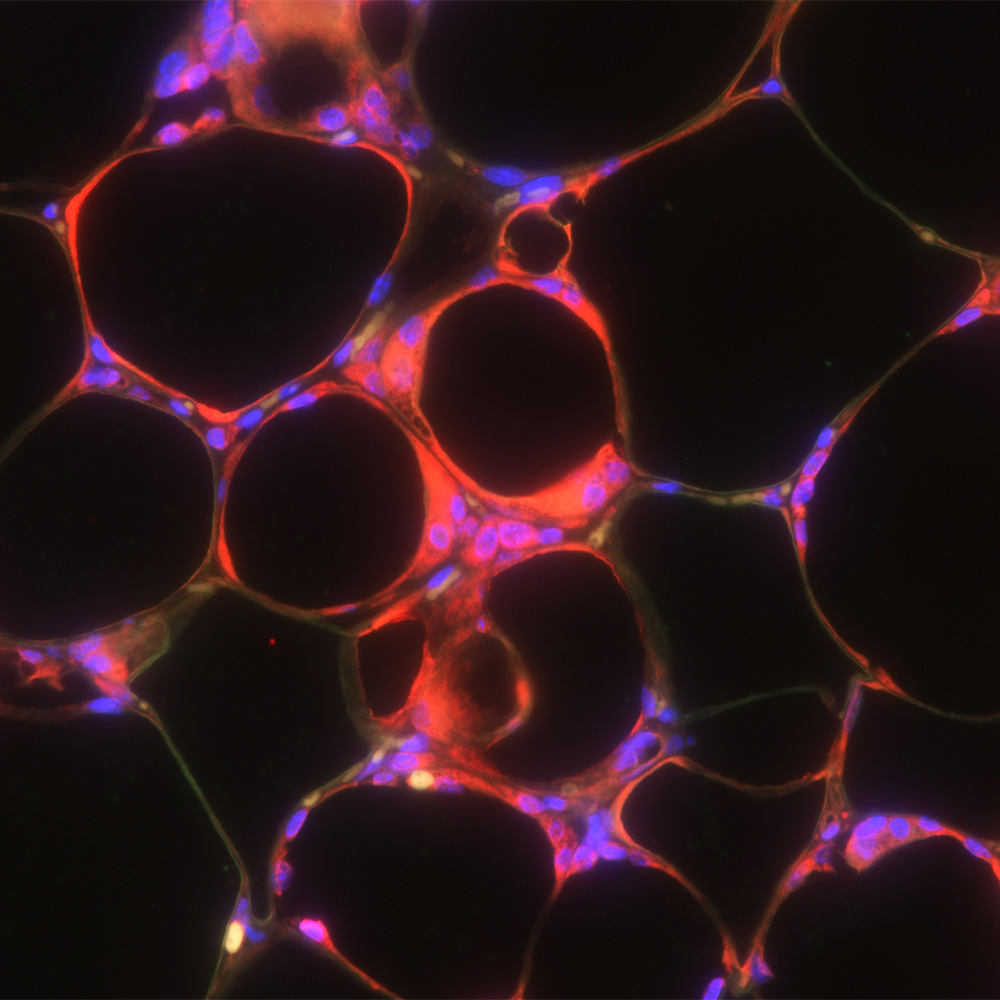Breast cancer radiation treatment reduced to a single dose
DALLAS – July 23, 2018 – For 81-year-old Marilyn Gibson, it was a no-brainer: Would she be interested in having a single dose of radiation to treat her breast cancer instead of the standard, multiple-dose treatment delivered over several weeks?
Mrs. Gibson elected to be part of a UT Southwestern Medical Center clinical trial testing a one-time, high-dose and highly focused radiation treatment called stereotactic radiotherapy for early-stage breast cancer. The Arlington resident said the single-dose option works well for someone at her stage of life, who limits their driving, though she could imagine it being equally attractive to a busy younger woman who’s juggling family and work.
“I want to get through it. I want to get over it, and this will be my one big contribution to mankind,” Mrs. Gibson said.
Dr. Asal Rahimi, Assistant Professor, Director of Clinical Research, and a member of the Harold C. Simmons Comprehensive Cancer Center, said standard radiation treatment for breast cancer ranges from 16-33 radiation treatments delivered to the entire breast over a period of three to six weeks. Single-dose radiation is less disruptive to patients’ lives. “We have taken the concept of a single dose of radiation delivered to the tumor area intraoperatively and are trying to make it accessible to the general radiation-oncology public using the CyberKnife, which is a robotic radiation machine that can treat a focused point.”
While some medical centers are treating breast cancer with a single dose of radiation at the time of surgery, the protocol being tested at UT Southwestern delivers the radiation treatment after surgery has been completed, Dr. Rahimi said. “The advantage of treating after a lumpectomy is that we can be sure the margins are clear and that we know the status of the lymph nodes, so we can be certain the patient is a good candidate for partial breast radiation. Doing radiation intraoperatively, you are not always sure what the final pathology is going to be.”
After the surgery, the patient returns to the medical center for the placement of small gold seeds called fiducials, which are guides for where the radiation needs to go. About a week later, the patient returns for the treatment, which is a very high dose of radiation delivered to a very focal, localized area.

“Not every woman lives in a city where she has access to a radiation-oncology suite, so we have women that we see who live hours away who come to UT Southwestern for medical care,” Dr. Rahimi said. “We have women who come from different states to be treated here because they want these shorter courses so they have less disruption of their lives.”
Mrs. Gibson said her treatment was painless and pleasant. “They played music the whole time. I actually went to sleep twice in my process.”
The clinical trial is looking at three different dosage levels of radiation. Patients are monitored for several years after their treatment.
This study builds on prior work that examined treating early-stage breast cancer with five stereotactic radiation treatments. That study, published in 2017, found that the shorter course of radiation treatments had a favorable toxicity profile and good cosmetic results. UT Southwestern has been a national leader in establishing stereotactic ablative radiotherapy, also known as SAbR, as standard treatment for prostate cancer and other cancers.
According to the National Cancer Institute (NCI), 266,120 women are expected to be diagnosed with breast cancer in 2018. More than half of all breast cancer cases – 62 percent – are diagnosed early, before the cancer has spread to the lymph nodes. The five-year survival rate for breast cancer diagnosed in this early, localized stage is 99 percent, according to the NCI.
Mrs. Gibson said the clinical trial suited her personal goals. “I wanted it to be quick. I wanted it to be effective.”
But there was another reason she signed up for the trial: It’s her way of giving back, of advancing science and medicine.
“This research is so important, so I’m in the right place. There’s no question about that. Oh, my gosh, I am lucky. Lucky. I am just so lucky that we were here,” Mrs. Gibson said.
For more information about the study, email RO-ClinicalResearch@utsouthwestern.edu or call 214-645-8519.
The Harold C. Simmons Comprehensive Cancer Center, one of 49 NCI-designated Comprehensive Cancer Centers in the U.S. and the only one in North Texas, is among just 30 U.S. cancer research centers to be designated by the NCI as a National Clinical Trials Network Lead Academic Participating Site.
About UT Southwestern Medical Center
UT Southwestern, one of the premier academic medical centers in the nation, integrates pioneering biomedical research with exceptional clinical care and education. The institution’s faculty has received six Nobel Prizes, and includes 22 members of the National Academy of Sciences, 16 members of the National Academy of Medicine, and 15 Howard Hughes Medical Institute Investigators. The faculty of more than 2,700 is responsible for groundbreaking medical advances and is committed to translating science-driven research quickly to new clinical treatments. UT Southwestern physicians provide care in about 80 specialties to more than 100,000 hospitalized patients, 600,000 emergency room cases, and oversee approximately 2.2 million outpatient visits a year.




